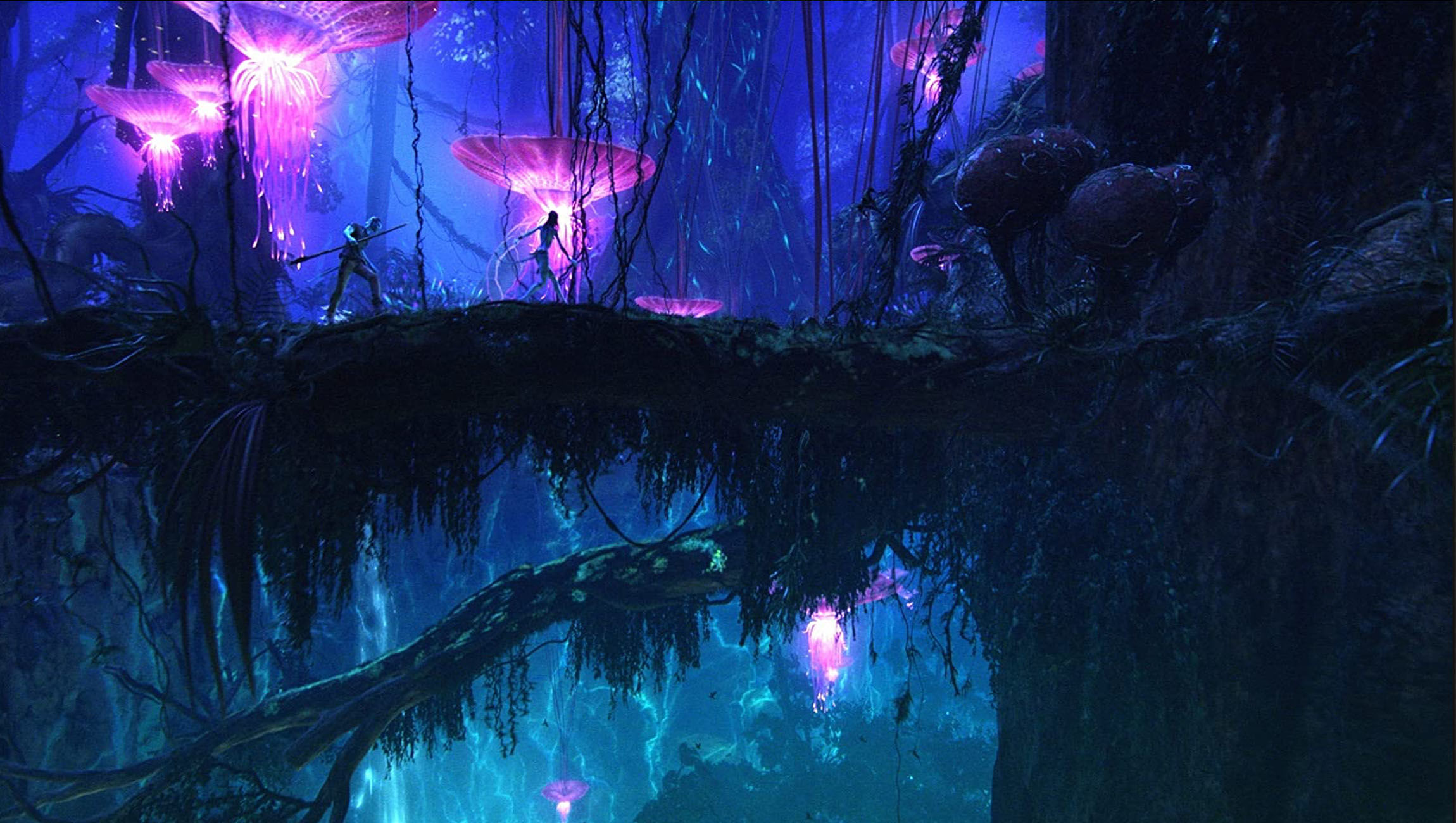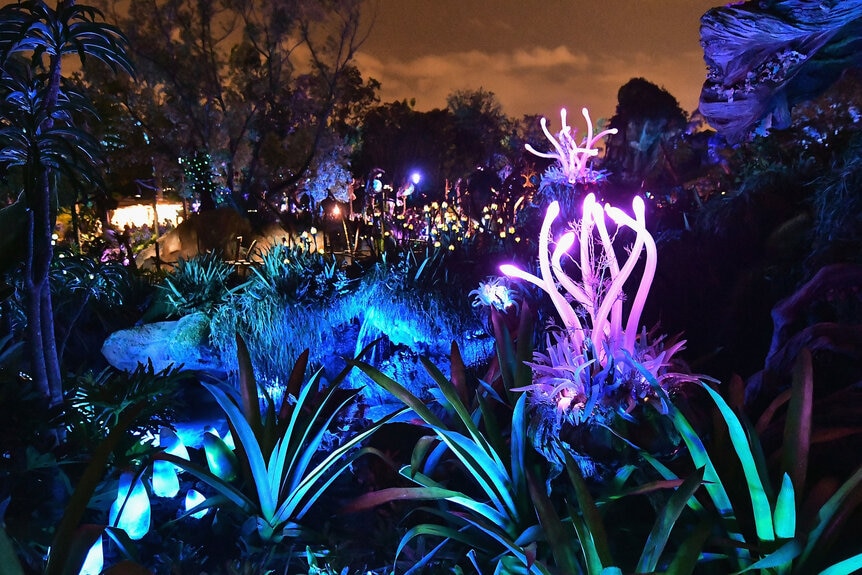Create a free profile to get unlimited access to exclusive videos, sweepstakes, and more!
Glowing plants engineered with lit genes will make you feel like you live in Avatar

Who wouldn’t want to wander around an alien planet that gets its otherworldly glow from bioluminescent flora?
There will soon be another way to experience Pandora besides going to Disney’s World of Avatar (whenever it reopens). A team of scientists led by Dr. Karen Sarkisyan and Dr. Ilia Yampolsky have found that unlike other methods of getting plants to glow in the dark, merging their DNA with that of autoluminescent mushrooms results in a life-form that lights up on its own. Previous methods left the hybrid plants still needing something to activate their powers. For these hybrids, all you need to add is darkness.
“Autoluminescent plants engineered to express [bioluminescence] have not been widely adopted because of low light output,” the team said in a study recently published in Nature Biotechnology. “We engineered tobacco plants with a fungal bioluminescence system [to produce] self-sustained luminescence that is visible to the naked eye.”
They aren’t exactly the most enchanting, but tobacco plants were used in the experiment because they have a relatively simple genetic code that made it easier to merge with genes from the fungus Neonothopanus nambi (N. nambi). Similar things have been attempted before by merging plant genes with those of species that produce their own biological light. The problem with every other experiment was that a reagent, or a substance that triggers a chemical reaction, needed to be used. That reagent was luciferin — which is already produced by the bodies of things like fireflies and creatures that lurk in the eldritch depths of the sea.
Luciferin may have an evil name, but “Lucifer” actually means “light-bringer.” Molecules of this unreal substance glow when they get excited by certain enzymes bringing on an oxidation reaction. Oxidation doesn't always need oxygen to happen, just a loss of electrons. When the electrons in luciferin molecules move to a higher energy level and then calm down again, the molecules release photons, or particles of light. The devilish thing about this light-bringer is that it can be toxic.
The fungus N. nambi doesn’t need extra luciferin to light it up, because of its metabolic cycle that converts caffeic acid (which also has a metabolic function in plants) into luciferin. In N. nambi, two enzymes morph caffeic acid into a luminescent precursor, and a third enzyme triggers the oxidation reaction that releases a photon. The oxidized molecule is then converted back to caffeic acid by a fourth molecule, and the cycle keeps repeating.
The tobacco hybrids were able to produce a billion photons of light, more than any other bioluminescent plant created in a lab ever has. Not only is the sci-fi greenish glow emitted by the plants ultra-cool, but flickers and waves of light can show off physiological processes in a plant that we otherwise wouldn’t be able to see. Younger leaves and flowers tend to glow the brightest. Weirdly enough, placing a ripe banana skin, which emits ethylene, near the plant can amp up brightness.
“Expression of the caffeic acid cycle is not toxic in plants and does not impose an obvious burden on plant growth, at least in the greenhouse,” the team said. “Light emission at all developmental stages was visible to the naked eye.”
So will we someday be able to rely on glowing trees instead of streetlights? Possibly, but in the nearer future, the scientists are looking to modify the genes of prettier plants like roses and petunias. Now you won’t be surprised if your neighbor’s flower garden starts glowing after sundown, but you'll likely still be amazed.
(via MRC London Institute of Medical Sciences/Nature Biotechnology)















